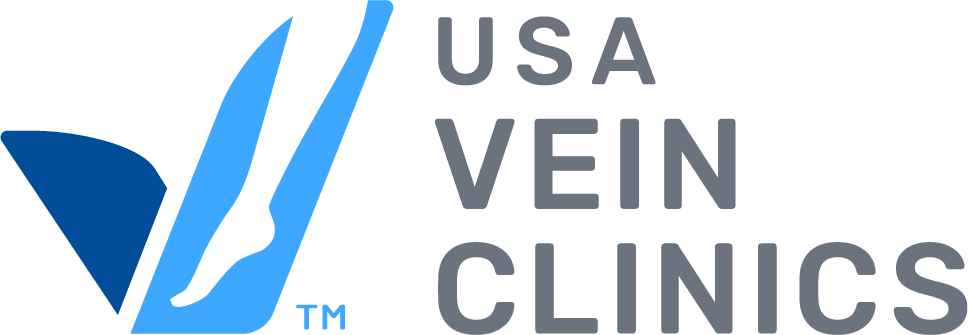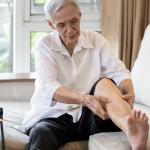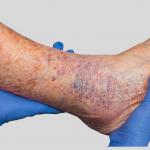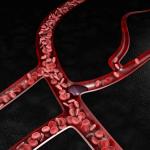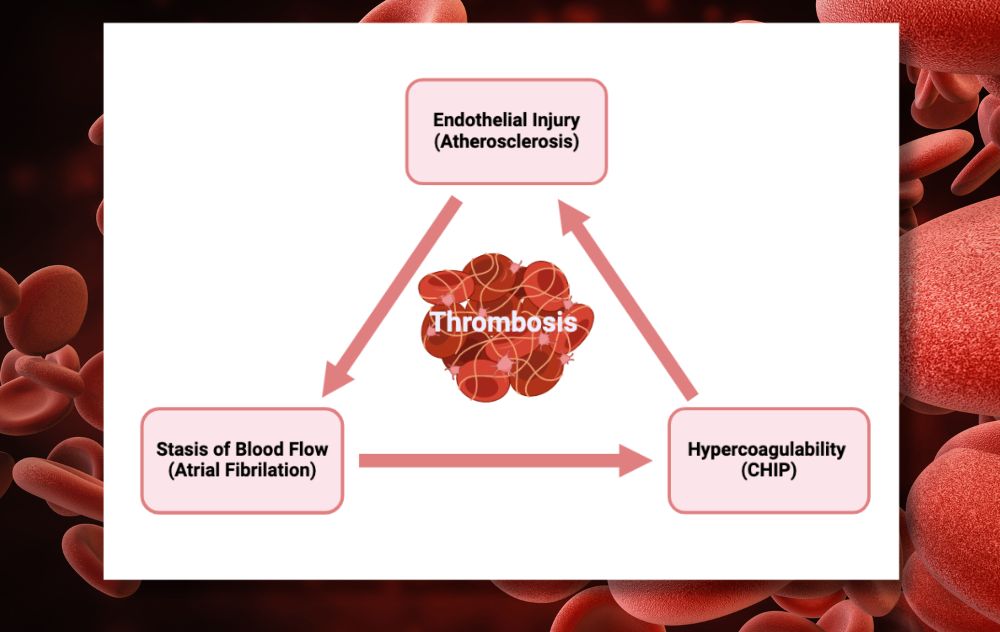
Blood clots can save lives when they form to stop bleeding after an injury—but when they form where they shouldn’t, they can be dangerous. From deep vein thrombosis (DVT) to pulmonary embolism (PE), abnormal clotting can lead to serious health complications.
To understand why blood clots happen, physicians often refer to Virchow’s Triad—a medical concept that identifies the three primary factors that contribute to the formation of a clot, also known as thrombosis.
What Is Virchow’s Triad?
Named after Rudolf Virchow, a 19th-century German physician and pathologist, Virchow’s Triad describes the three conditions that increase the risk of blood clot formation within veins:
-
Venous Stasis (Slowed or Stagnant Blood Flow)
-
Endothelial Injury (Damage to the Vessel Wall)
-
Hypercoagulability (Increased Tendency for Blood to Clot)
While each factor alone can cause problems, most dangerous clots develop when two or more of these elements occur together.
1. Venous Stasis: When Blood Flow Slows Down
Venous stasis occurs when blood doesn’t move efficiently through the veins. When circulation slows, blood can pool—especially in the legs—making it easier for clots to form.
Common causes include:
-
Prolonged sitting or bed rest
-
Long flights or car rides
-
Varicose veins or chronic venous insufficiency
-
Heart failure or paralysis
People who spend long periods inactive—such as after surgery or during hospital stays—are particularly at risk. That’s why movement, compression stockings, and leg exercises are often recommended to keep the blood flowing.
2. Endothelial Injury: Damage to the Vessel Wall
The endothelium is the thin, smooth layer of cells lining your blood vessels. When this lining is damaged, it triggers the body’s natural healing response—which can include the formation of a clot.
Common causes include:
-
Surgery or trauma
-
Catheters or IV lines
-
Inflammation from infection or autoimmune diseases
-
Smoking
Even minor injuries can activate platelets and clotting factors, especially if combined with slow blood flow or increased clotting potential.
3. Hypercoagulability: Blood That’s Too “Sticky”
Hypercoagulability refers to a state where your blood is more prone to clot than normal. This can be inherited or acquired due to lifestyle, medical conditions, or medications.
Risk factors include:
-
Genetic clotting disorders (like Factor V Leiden)
-
Pregnancy or hormone therapy
-
Cancer or chemotherapy
-
Dehydration
-
Obesity or smoking
When blood becomes thicker or “stickier,” it’s more likely to form clots—even in normal-flowing veins.
Why Virchow’s Triad Still Matters Today
Even though Virchow proposed this theory over 150 years ago, it remains a cornerstone in understanding venous thromboembolism (VTE)—a condition that includes DVT and PE.
By recognizing how these three factors interact, healthcare professionals can identify patients at higher risk and take preventive steps such as:
-
Encouraging mobility after surgery
-
Using compression therapy
-
Prescribing anticoagulant medication when necessary
At USA Vein Clinics, our specialists use this same understanding to help diagnose and treat conditions that contribute to poor circulation—like varicose veins or chronic venous insufficiency—before they lead to more serious complications.
Takeaway: Prevention Starts with Awareness
Virchow’s Triad reminds us that blood clots rarely happen by chance—they develop when circulation slows, vessel walls are injured, or blood becomes too prone to clot.
Understanding these factors can help you and your healthcare provider take proactive steps to protect your vascular health.
If you experience symptoms like leg pain, swelling, or redness, don’t ignore them. Schedule a consultation with a vein specialist to check your circulation and reduce your risk of future complications.
